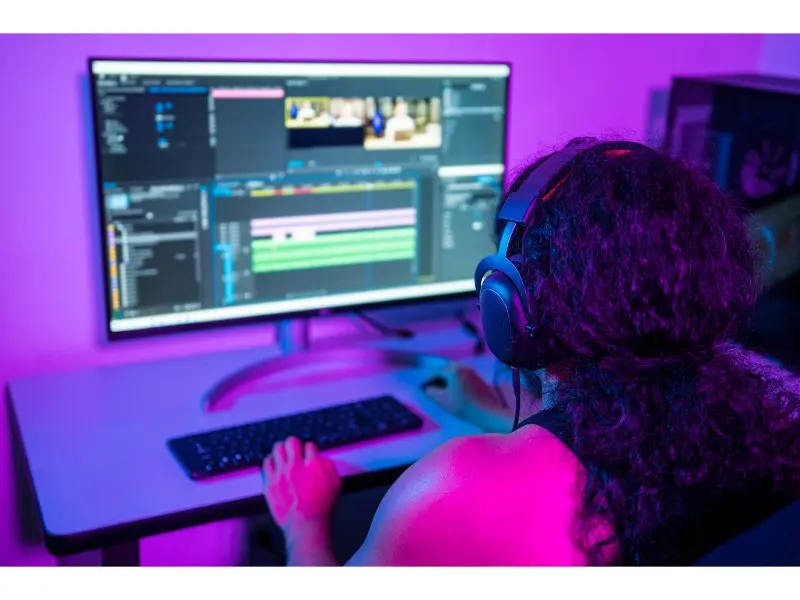Although it has yet to be officially available to the public, OpenAI presented Sora on the later half of Febuary. According to the latest report, access is now restricted to a small number of hackers from the “red-team” and artists who are testing the generator for both destructive and helpful applications. However, in addition to a brief technical paper, CEO and founder Sam Altman’s X profile, and an announcement blog post, OpenAI has published a few dozen sample motion pictures produced by the Sora.

What is Sora capable of?
Companies and marketing teams can generate short-form content using Sora. While Sora is still in its early stages of development, generative AI-powered editing tools can substantially automate the process of producing short videos for platforms such as TikTok, YouTube, and Instagram Reels. Even though Sora is a straightforward application that simply requires you to input a prompt to watch a video, text-to-video will continue to be integrated into popular video editing programmes like Adobe Premiere Pro and Final Cut, giving creators access to generative AI in a multitude of ways.
Sora is not without any flaws. For instance, when a character bites into a fruit, the fruit may not show the bite. Visual mistakes can occur in complex settings with a large number of animals or people. Occasionally, items will overlap in odd ways. There are occasionally inaccuracies in events that happen gradually or over time. Like all security guarantees offered by generative AI businesses, OpenAI is not very extensive. Rather than finishing Sora before release, the firm seems to be more focused on releasing it earlier and gathering input to make changes.
Conclusion
Similar to its image-producing predecessors, Sora’s massive training data set most likely includes some copyrighted content. Furthermore, it can replicate or reproduce such protected works closely before passing them off as its own independently created original content. If AI video develops at the same rate as picture production, all these limitations will eventually become considerably less frequent and much more difficult to identify. the possibility of many uses that make it easier for innovators to use their imaginations. Moreover, the entry barrier for filmmaking and other frequently costly artistic undertakings might be lowered by such technology.


Comments